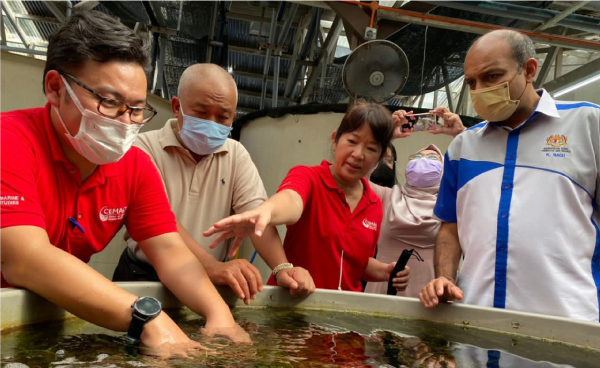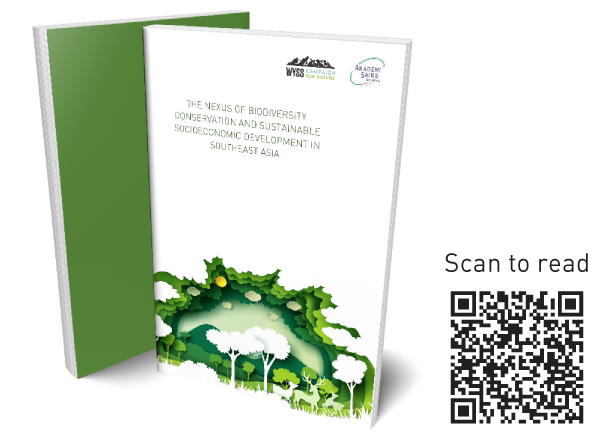
Jawatankuasa Inter-Agensi Pemantauan Daya Saing Global Innovation Index (GII)
April 27, 2023
Rehabilitation & Conservation of Gamat in Langkawi
April 27, 2023The Campaign for Nature (CFN) commissioned a short report that analyses how ASEAN member states could focus on biodiversity conservation and restoration to help achieve the region’s Sustainable Development Goals (SDGs). The report zooms in on economic growth, clean water, food security, rural development, job creation and poverty alleviation.
Southeast Asia is one of the most megabiodiverse regions of the globe, with extensive and diverse coral reefs and mangrove areas as well as function as powerful carbon sinks for the planet.
The Biodiversity Intactness Index shows that while the developed countries have depleted most of their natural capital, Southeast Asia has best retained its biodiversity, and hosts about 80% of the world’s biodiversity.
However, there is still much to be done, where Southeast Asia could become an agent of change and a role model of economic development through nature protection. Hence, the report aims to serve as useful reference for regional planning for biodiversity conservation and forge sustainable economic development in Southeast Asia.
Objectives:
-
To assess the state of biodiversity conservation landscape in Southeast Asia since the Rio Earth Summit 1992.
-
To identify the main drivers of change and the challenges to biodiversity conservation efforts in the region.
-
To create awareness on ecosystem-economy interlinkages and the attending value of sustainable ecosystem services.
-
To examine the way forward in ensuring biodiversity conservation efforts are intensified alongside sustainable economic development.
These objectives can be achieved via a comprehensive set of strategies as outlined in the Global Biodiversity Framework’s 30×30 conservation target calls for 30% of the world’s terrestrial, inland water, and of coastal and marine areas, to be in effective protection and management by 2030.
The report uses the 8i Nature-Centric Ecosystem Framework as the main foundation to analyse the current strengths and gaps in the ASEAN biodiversity landscape. Nine key recommendations were proposed to close the gaps and ensure that socio-economic development and biodiversity can coexist for planetary health and the well-being of the people of Southeast Asia.
A presentation of the report summary & key recommendations was done at the United Nation’s Convention on Biological Diversity (COP-15) in September 2022, which took place in China. The report will serve as a useful reference for Southeast Asia regional planning for biodiversity conservation and forge sustainable economic development partnership initiatives.


